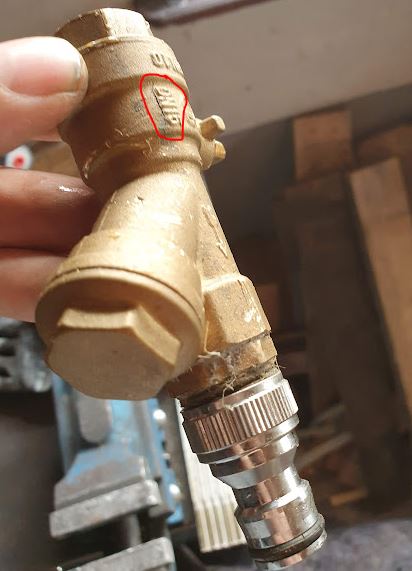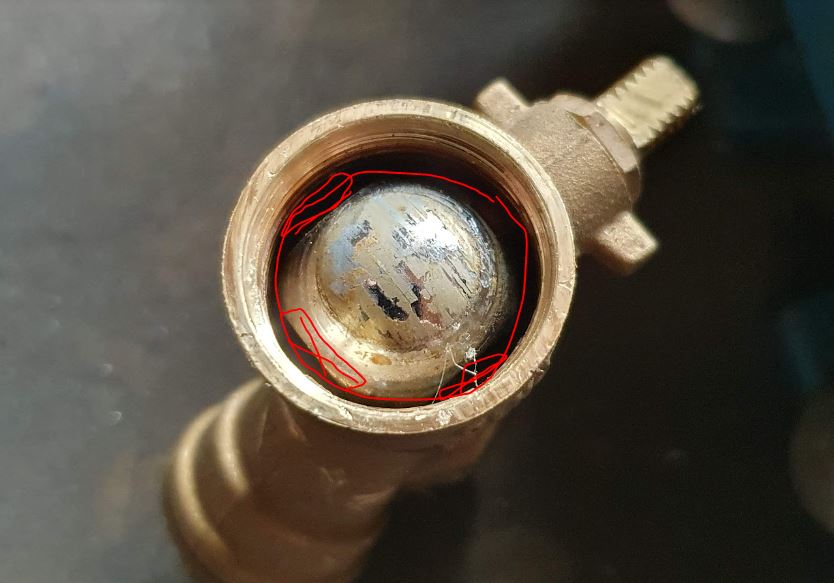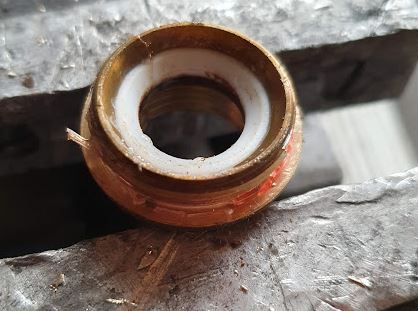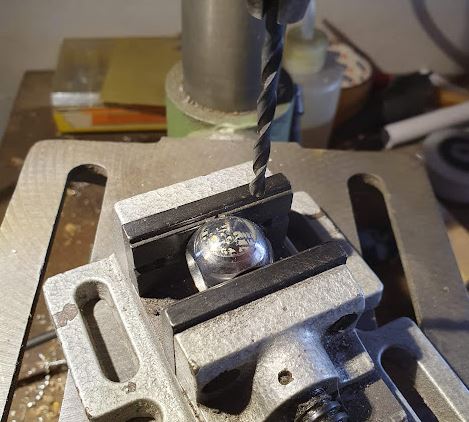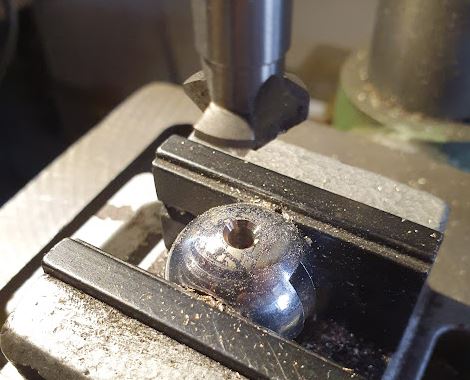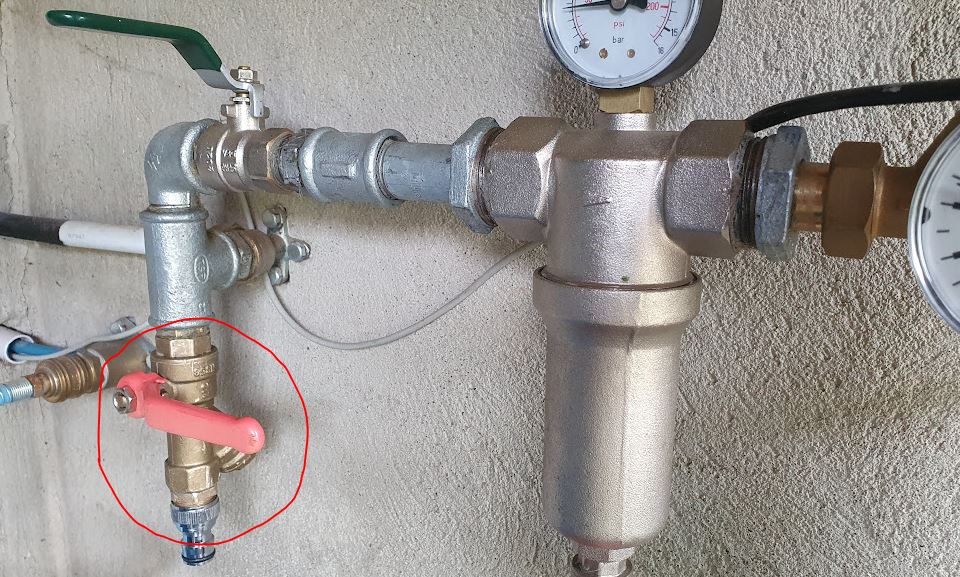Recently, I have been setting up the watering system for my vegetable garden again. In my area, the soil is a little sandy, not bad for growing vegetables because slugs and snails don’t like such soil, but surely it needs proper watering.
All in all it is about 200 meters of 16 mm drip irrigation pipe, 16 mm size, with drippers every ~33 cm, nominal 2.1 L/h each. The system is run at about 1.5 bar. Some specific plants like pumpkins and certain berry shrubs in other area of the garden have their own supply by 4 mm tubing and individual adjustable drippers.
In the past years, the system has severed me well, and just last year, I have upgraded the water supply by setting up a new well. So there is plenty of water, and every day, at least in summer, the system supplies about 400 L a day, in two portions (like, at 6:30 am and 6:30 pm). Glad I don’t have to carry all that water.
All the water system, pump and distribution piping had been empty over winter, to avoid frost damage to the pipes. I keep the ball valves at about 45° angle, but this year this didn’t help to prevent damage to one of the valves (all the other valves are OK).
It is a combined, low cost China-made ball valve with strainer, I bought two of these some years back.
It is tight when closed, but when opened, water comes out at the crack indicated in the picture.
How can this have frost damage? Well, with the pipe empty, it should be safe? There is considerable dead space in this valve, the ball also has an indentation (cut-out) at the side opposite to the handle. It is brass, chromium plated.
As luck would have it, I had the second valve still in a box, it had been in service for some years until someone broke-off the handle (never throw away parts that may be suitable as spare part donor…). Surely it would be quick to just replace it, potentially, even with a better quality ball valve, etc., but why now study it and fix it?
Breaking open the valve, the two parts are screwed together fairly hard, and glued with some kind of epoxy or similar glue.
But nothing that can withstand a large spanner and a pipe wrench! So, the front part with the PTFE seal looks good. Also the spare valve (with the handle missing/broken off) was disassembled in no time.
Now, how to frost-proof ball valves? It is quite easy, and a well-known trick. Just dill a hole, about 3-4 mm in the far side (low pressure side) of the ball, then it will drain the dead space, when left open (or at an angle).
It is essential to remove any burrs, so I countersunk the hole, and polished the edge with some find sandpaper.
Everything put back together, I used some acrylic compound to seal and tighten the screw threads of the two-part valve. Good as new!


